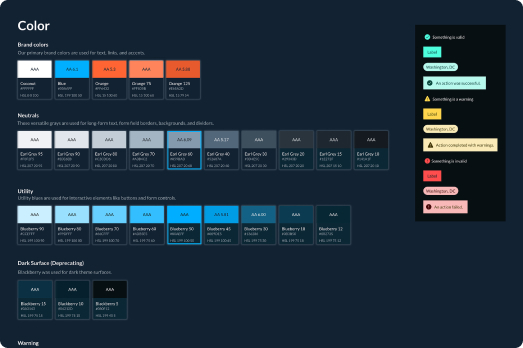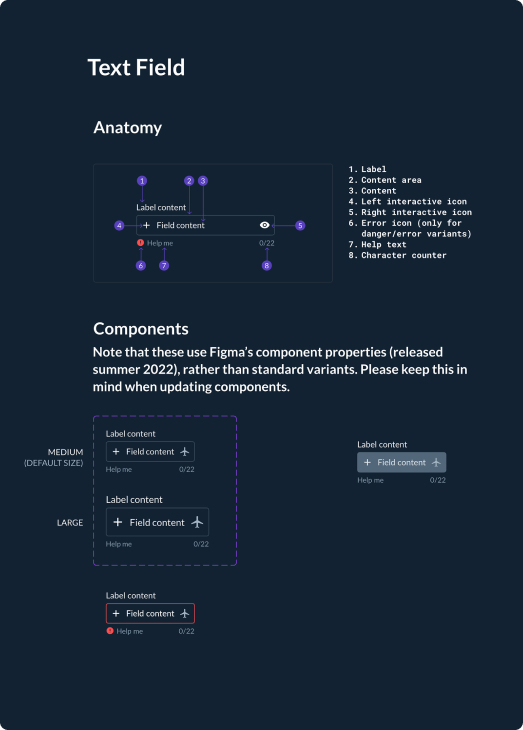
Rebellion Defense develops AI-assisted software to fight security threats against the United States and its allies. Dispatch was to speed up the mission planning cycle by orders of magnitude. (This work falls under an NDA so I'm very limited in what I can present here. Let's talk more about my experiences in person!)
Results.
Organization-wide learnings about the Joint Air Tasking Cycle and how technology can speed up a notoriously slow Department of Defense during security-critical periods of time. A full-fledged design system to be integrated across the organization.
Team.
As senior product designer, I was instrumental in connecting needs from our product manager, insights from our service designer/researcher, and technical requirements from our in-house engineering team.
Example scenario.
An earthquake happens in Haiti, and US military forces are to assist on the ground in various ways. However, conditions on the ground are rapidly changing. Aftershocks destroy the main airfield as American planes are preparing to land. Riot spring up and require re-routing of food and medical supplies to safe zones. (Clearly, this would be used for combat missions, as well.) Typically, the Joint Air Tasking Cycle comes into play; as the Air Force Doctrine Publication 3-60: Targeting describes it, it is
"the air component commander process for effective and efficient employment of air capabilities. It is a methodical, iterative, and responsive process that translates operational-level guidance into tactical-level plans" (p 17). However, the typical cycle of planning and approvals is set at around 72 hours: how can technology promote faster, more accurate responses, ensuring that said response matches the conditions on the ground NOW and not three days earlier?
Object-oriented design.
Discovery and sketching comprised the bulk of our team's involvement with this project. Before we could teach an AI to do anything, we needed to know the various factors at work ourselves. In addition to diving into the dense terminology and processes at the DoD, we needed to begin to understand the many material objects in use for any given "military task"
Object-oriented UX methods paved the way for a couple of exercises with product management, where we sketched out the objects at play, their qualities, and relationships. This became a solid knowledge base for future discussions and was a very necessary step in a project with so much complexity!


Design System.
Observatory by ACDS is an attack surface management solution that allows cybersecurity teams to look deeper into their assets, identify vulnerabilities more accurately, and get recommendations on how to fix those vulnerabilities.

Observatory by ACDS is an attack surface management solution that allows cybersecurity teams to look deeper into their assets, identify vulnerabilities more accurately, and get recommendations on how to fix those vulnerabilities.
Laying the groundwork.
Ultimately (after my time with the company), Rebellion shelved Dispatch and focused its resources elsewhere. It was important work that I believe will eventually play a role in the defense mission planning cycle. However, we got in a lot of good research and ideating, and the most valuable outcome was a lot of knowledge about mission planning and DoD structures that could be applied to other projects at Rebellion.